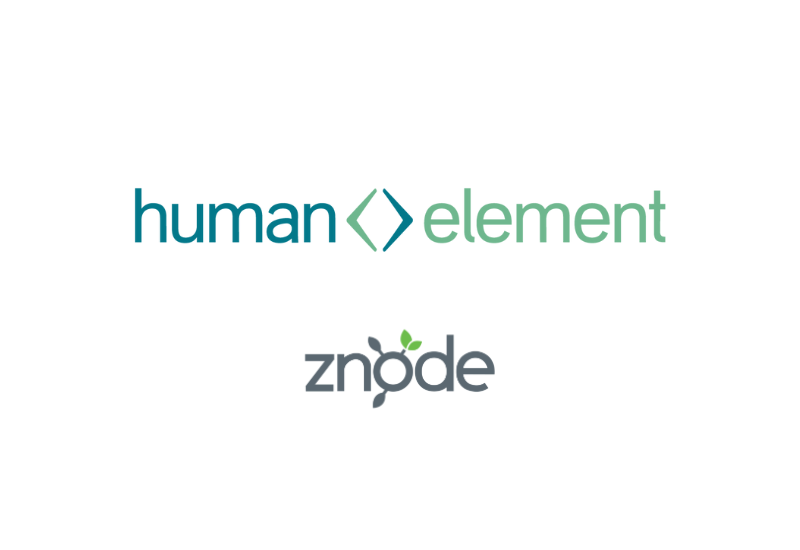 Collecting various data from disparate systems, analyzing it, and putting the insights gleaned into action has typically been an exclusive privilege of large corporations with big budgets. But as technology has moved forward, advanced data collection and analytics tools have streamed down market. To discuss how small and midsized B2B businesses can use data to improve the B2B customer journey, Digital Commerce 360 B2B spoke with Ben Lorenz, managing partner at Human Element.
Collecting various data from disparate systems, analyzing it, and putting the insights gleaned into action has typically been an exclusive privilege of large corporations with big budgets. But as technology has moved forward, advanced data collection and analytics tools have streamed down market. To discuss how small and midsized B2B businesses can use data to improve the B2B customer journey, Digital Commerce 360 B2B spoke with Ben Lorenz, managing partner at Human Element.
What challenges do B2B companies face capturing and using customer data?
One of the biggest challenges they face is understanding where and how their data gets collected. It’s important to have qualified people in the company dedicated to data gathering and analysis. They also need to identify the data sources they need to string together and analyze. It’s common for companies to have an email marketing system that sends out emails, Google Analytics tracking the traffic those emails send to their site, a CRM system tracking the leads the emails generate, and the eCommerce system on which customers purchase. Companies need to pool all the data coming from those four separate systems into a data lake, then have a qualified person sift through it and create a consistent report relevant to the business.
How is data collection and analysis an area of growth for B2B companies?
Systems and software are coming down market now that allow companies to leverage their data. This technology just wasn’t available to them a few years ago. And the education around it is getting easier. You can go online and find tutorials about how to extract data from Google Analytics and my QuickBooks, and then join the two datasets in a database. Many companies are developing a baseline level of reporting, and then they’re getting savvy about the other datasets they include in their business intelligence, such as weather or the price of energy. For example, if the price of energy goes up in Texas, the price of 80%-efficiency air conditioners may become expensive. That may mean I can sell more 90%-efficiency air conditioners. Because of these new ways companies can capture data, they can find new markets to unlock and leverage these opportunities.
What technologies are helping companies the most?
Systems, such as Snowflake on Amazon, let companies dump all the data from their various systems into a database and apply reporting tools to identify the pieces of data that are most important to the business. Then, reporting software like Tableau allows you to visualize the data. What’s most important is having that consistency of capturing the data, getting it into the data lake and processing it so it can be reported on consistently. Being a data-informed or data-driven business to improve the B2B customer journey is within the reach of every company today. It’s not difficult to get a few key pieces of data that will change the trajectory of your company if you start using it. The key is to just get started.
This article was originally published in the Digital Commerce 360 “2022 B2B Ecommerce Quarterly Marketing Report.” Download the full report here.



